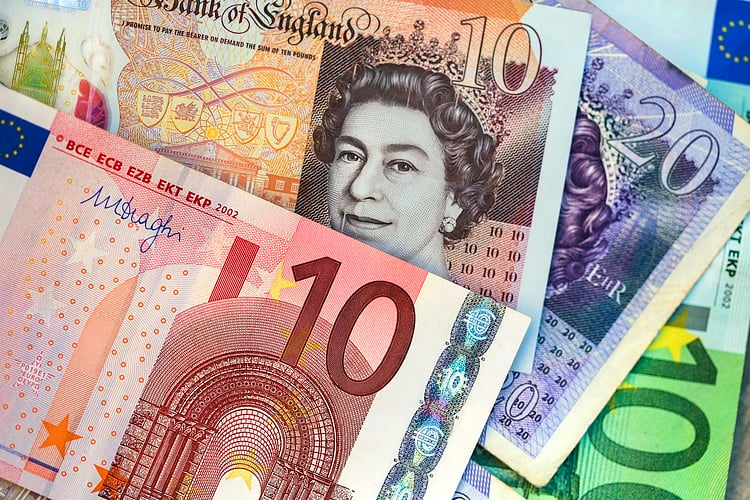- EUR/GBP trades in negative territory for the third consecutive day near 0.8560 in Friday’s early European session.
- The German HICP inflation came in line with consensus, rising by 2.6% YoY in July.
- The Cable will be impacted by the BoE rate cut expectation for the time being.
The EUR/GBP cross trades with mild losses around 0.8560 during the early European session on Friday. Traders await the release of UK monthly employment data, which will be released next Tuesday.
Data released by the German statistics office Destatis on Friday showed that the German Harmonized Index of Consumer Prices (HICP) rose 2.6% YoY in July. This figure was in line with the market expectation. On a monthly basis, the HICP inflation remains unchanged at 0.5% MoM versus 0.5% prior.
The European Central Bank (ECB) policymaker Olli Rehn said on Wednesday that the ECB can continue cutting interest rates if there is confidence among policymakers that the inflation trend is slowing in the near future. The central bank left interest rates on hold at its July meeting. ECB President Christine Lagarde said during the coast conference the question of any move in September is wide open.
On the other hand, the Pound Sterling (GBP) will be influenced by the expectation of a rate cut by the Bank of England (BoE) amid the lack of top-tier economic data released. The BoE lowered its benchmark rate to 5.0% from a 16-year high of 5.25% last week. The UK central bank suggested that the central bank will use a cautious approach in its policy normalization process.
Inflation FAQs
Inflation measures the rise in the price of a representative basket of goods and services. Headline inflation is usually expressed as a percentage change on a month-on-month (MoM) and year-on-year (YoY) basis. Core inflation excludes more volatile elements such as food and fuel which can fluctuate because of geopolitical and seasonal factors. Core inflation is the figure economists focus on and is the level targeted by central banks, which are mandated to keep inflation at a manageable level, usually around 2%.
The Consumer Price Index (CPI) measures the change in prices of a basket of goods and services over a period of time. It is usually expressed as a percentage change on a month-on-month (MoM) and year-on-year (YoY) basis. Core CPI is the figure targeted by central banks as it excludes volatile food and fuel inputs. When Core CPI rises above 2% it usually results in higher interest rates and vice versa when it falls below 2%. Since higher interest rates are positive for a currency, higher inflation usually results in a stronger currency. The opposite is true when inflation falls.
Although it may seem counter-intuitive, high inflation in a country pushes up the value of its currency and vice versa for lower inflation. This is because the central bank will normally raise interest rates to combat the higher inflation, which attract more global capital inflows from investors looking for a lucrative place to park their money.
Formerly, Gold was the asset investors turned to in times of high inflation because it preserved its value, and whilst investors will often still buy Gold for its safe-haven properties in times of extreme market turmoil, this is not the case most of the time. This is because when inflation is high, central banks will put up interest rates to combat it. Higher interest rates are negative for Gold because they increase the opportunity-cost of holding Gold vis-a-vis an interest-bearing asset or placing the money in a cash deposit account. On the flipside, lower inflation tends to be positive for Gold as it brings interest rates down, making the bright metal a more viable investment alternative.

